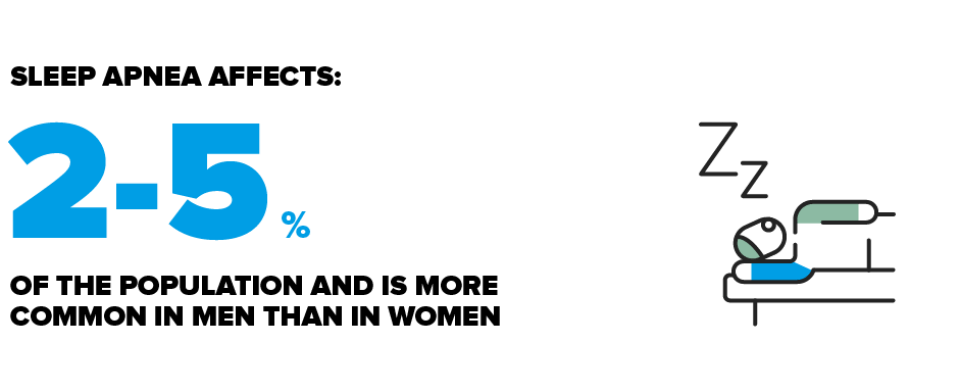Substantiated information by:

Alejandro Iranzo de Riquer
Neurologist
Sleep Disorders Unit
Published: 26 May 2022
Updated: 15 June 2022
Subscribe
Receive the latest updates related to this content.
Thank you for subscribing!
If this is the first time you subscribe you will receive a confirmation email, check your inbox
An error occurred and we were unable to send your data, please try again later.
